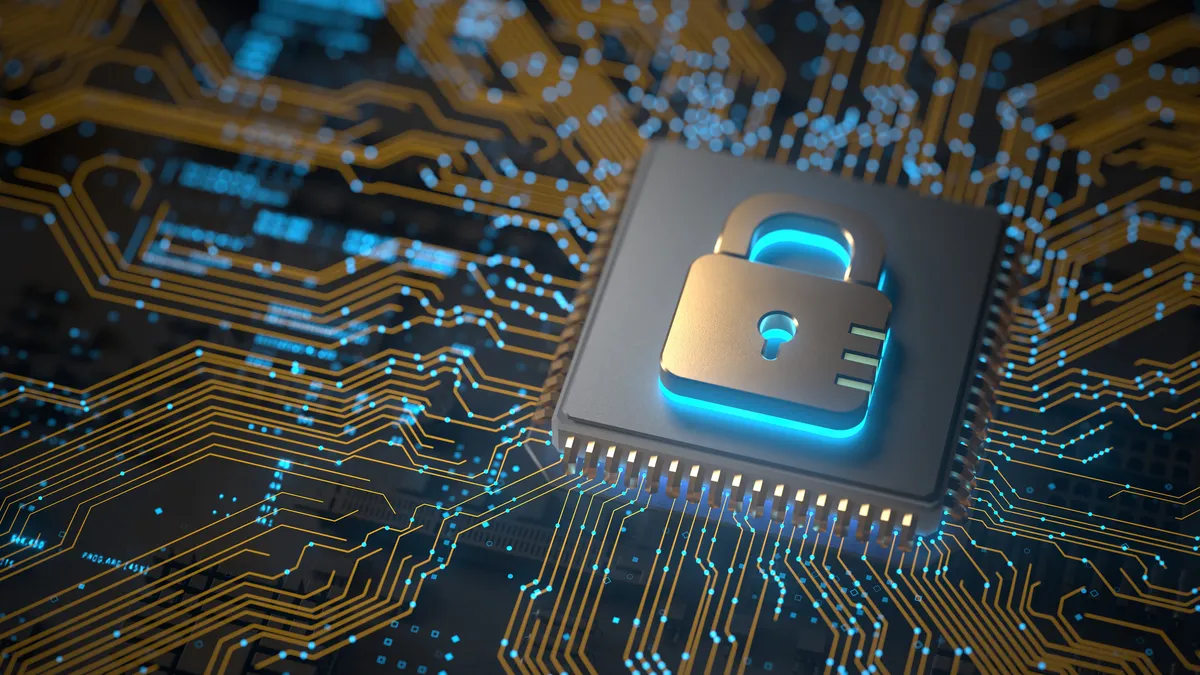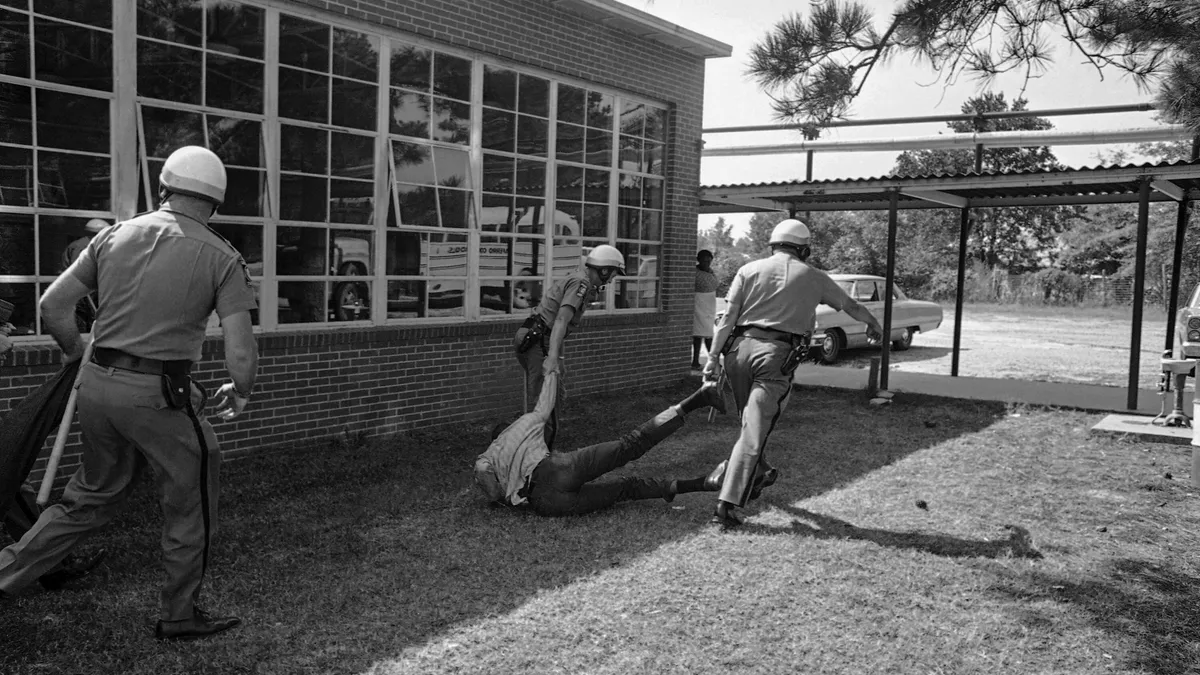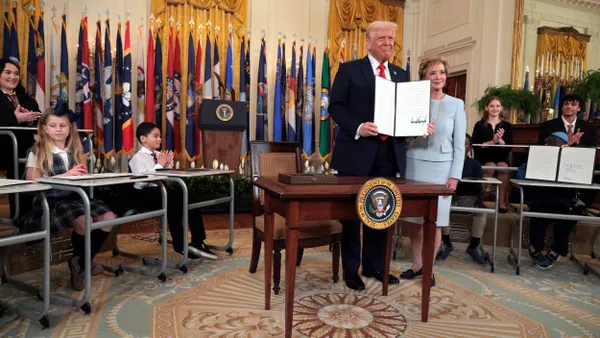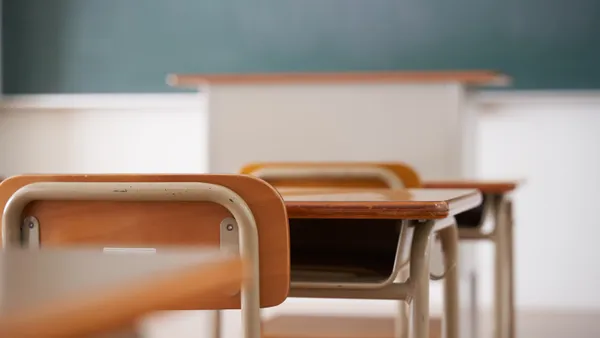“Portrait of a Graduate,” “Profile of a Learner,” “The Ideal Graduate,” “The Whole Child,” the terms vary; but K-12 districts are united in casting a vision for student success that extends beyond academics. Many, for example, focus on the “Four C’s” — critical thinking, creativity, collaboration, and communication.
Research confirms that students who develop cognitive, emotional, and social skills are more likely to succeed in work, in relationships, and as citizens. These are outcomes every school leader wants. The issue is how to achieve them.
Districts and schools face enough challenges in trying to raise traditional learning outcomes. Math and reading scores have reached historic lows. School leaders must fix this problem even amid tight budgets and teacher burnout.
Can schools afford to pursue a broader vision of student success when they need to close learning gaps? Actually, they can.
As research shows, “deeper learning” imparts 21st-century skills while boosting academic achievement. Still, a practical question remains: How do you implement deeper learning?
This article dives into the Four Pillars of deeper learning, showing K-12 leaders how to make deeper learning a reality in their schools.
The Four Pillars of Deeper Learning
1. Career-Connected Learning
Career-connected learning aligns education with hands-on, real-world experiences. Successful schools embed this learning in the curriculum, tying it to the academic standards and learning goals. Career-connected learning takes the existing courses and content and helps students go a step further, to see how their learning relates to potential careers.
Schools can provide hands-on experiences in a variety of ways, including:
- Integrating career exploration: Design learning experiences that allow students to “test-drive” different careers.
- Encouraging self-discovery: Guide students to reflect on their interests, strengths, and areas for growth.
- Developing authentic, real-world learning experiences: Assign projects that simulate real workplace challenges and responsibilities, and that develop project management, problem-solving, and communication skills.
- Expanding work-based learning opportunities: Expose students to career paths through internships, virtual internships, apprenticeships, job shadowing, and industry-based projects.
2. Future-Ready Skills
Almost invariably, the mission of all education institutions involves building future-ready skills. That vision encompasses success in life beyond school — including, but not limited to, success in the workplace. Survey after survey shows that employers prize skills like communication, critical thinking, teamwork, collaboration, and problem-solving. However, they struggle to find candidates proficient in these areas.
By prioritizing future-ready skills, K-12 leaders set up their students for success. These attributes aren’t specific to a particular job or industry, and they’re likely to remain valuable no matter how workplaces evolve in the future.
3. Performance Tasks
A performance task, in the words of the noted educator Jay McTighe, is “any learning activity or assessment that asks students to perform to demonstrate their knowledge, understanding, and proficiency.”
Students don’t regurgitate what they’ve learned; they apply their learning in real-world contexts. Performance tasks thus provide the structure by which deeper learning happens.
The key with performance tasks is to tie them to the academic standards and learning goals, embedding performance tasks into curricula and allowing teachers to understand exactly where and when they can incorporate career-centered learning and future-ready skills.
Performance tasks also enable schools to measure future-ready skills using tools such as rubrics to gather assessment data on academic content and future-ready skills. As a result, school leaders have data to measure progress toward Portrait of a Graduate goals.
4. Project-Based Learning
The final pillar represents the instructional method that brings deeper learning to life. Project-based learning provides engaging learning experiences during which students apply their knowledge and practice future-ready skills.
Many school leaders are familiar with the concept of project-based learning. Project-based learning does not mean simply a group project or a diorama nor does this approach reject traditional teaching methods or work only with older students.
Decades of research and practice have revealed the essentials of effective project-based learning. The framework known as High-Quality Project-Based Learning includes six elements:
- Intellectual Challenge and Accomplishment
- Authenticity
- Public Product
- Collaboration
- Project Management
- Reflection
Teachers don’t just give a grade at the end of the project. They remain involved throughout. Teachers support students in knowledge gathering and transfer helping students to apply their learning. Throughout the PBL process, teachers also help students navigate collaborative work, develop project management skills, spur student reflection through feedback, and more.
This is a shortened version of a K-12 Dive and Defined Playbook. For a deeper dive, click here to read the full version: “Equipping Students for Life: Practical Strategies for Deeper Learning in K-12 Schools.”











